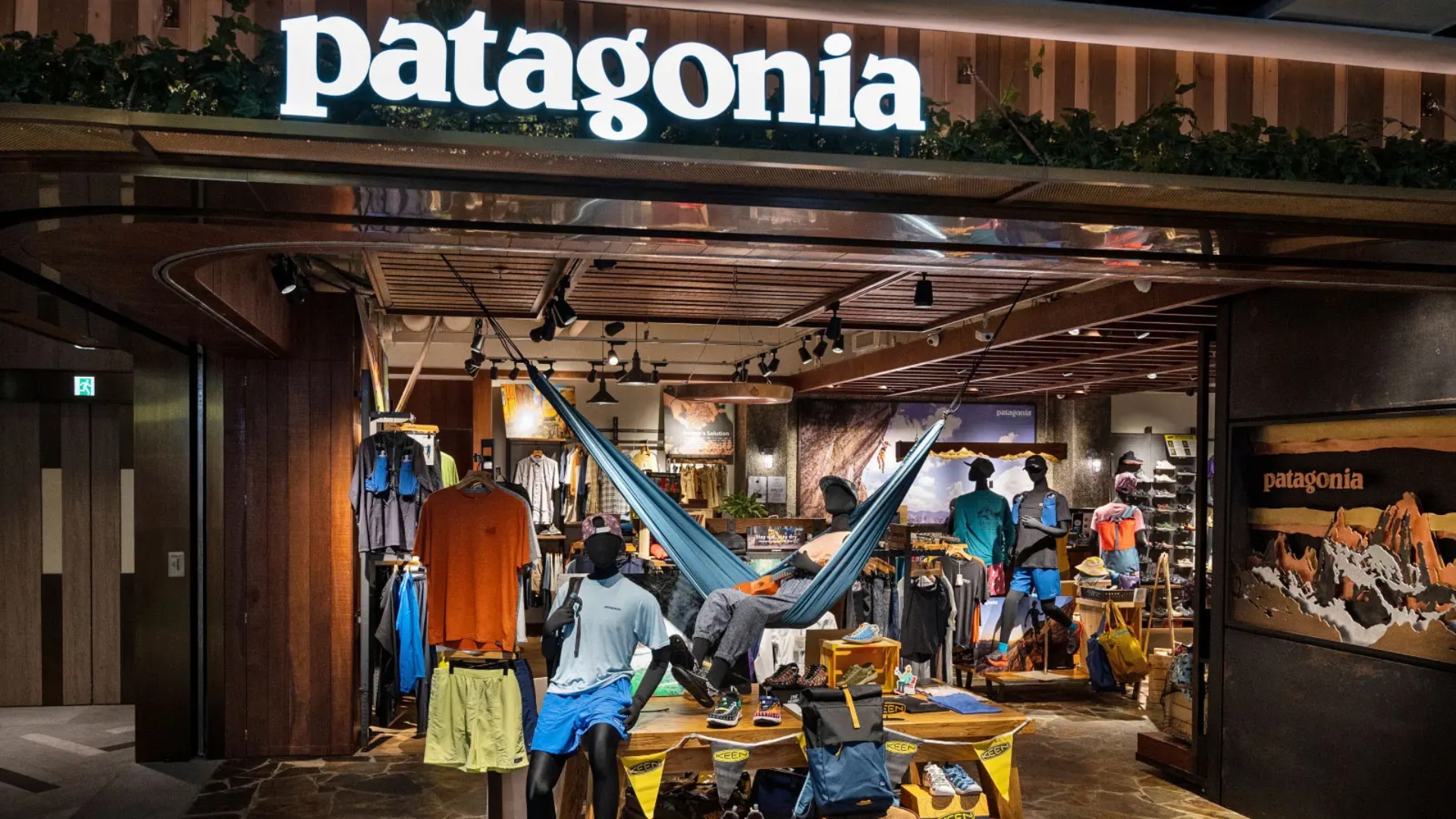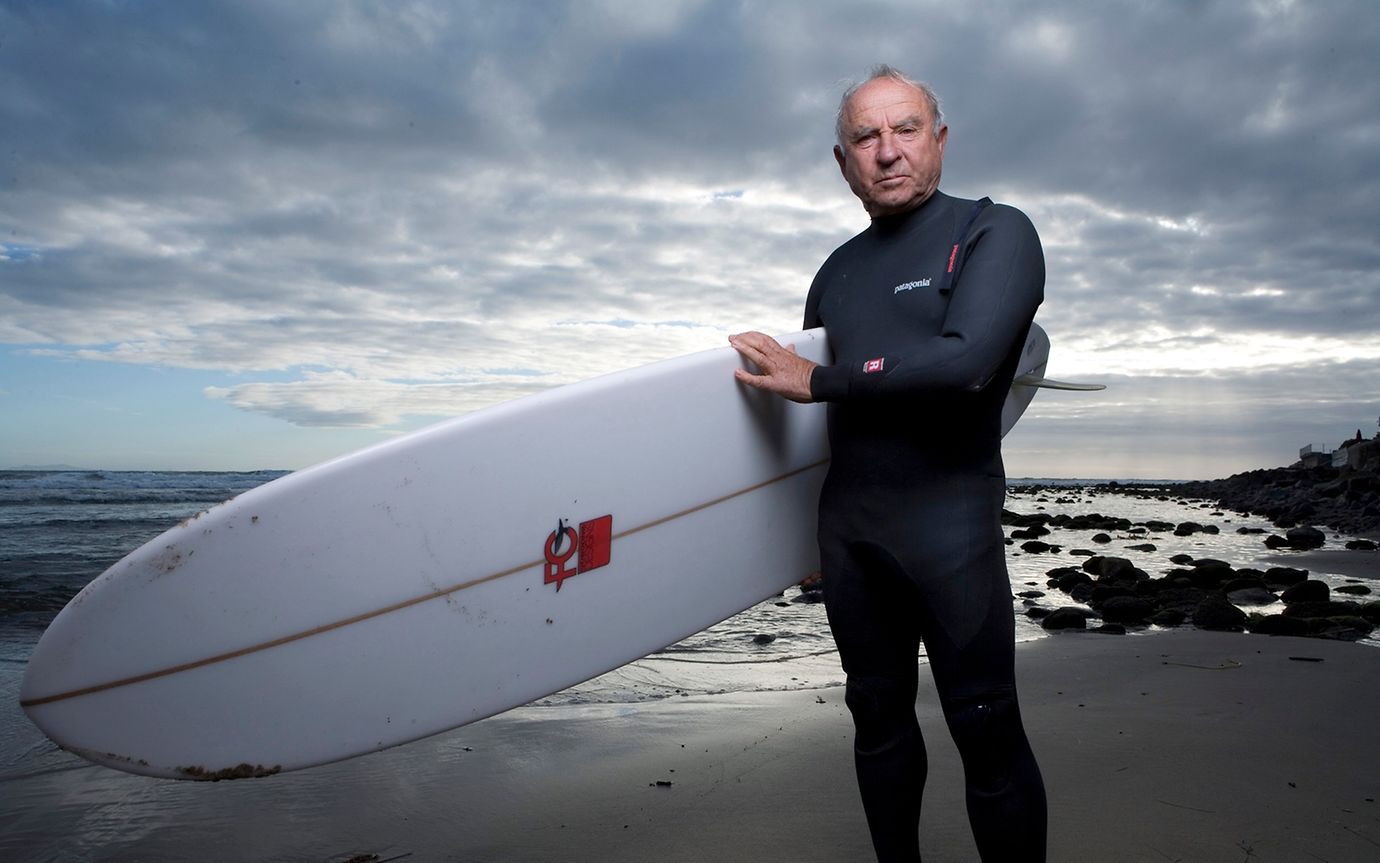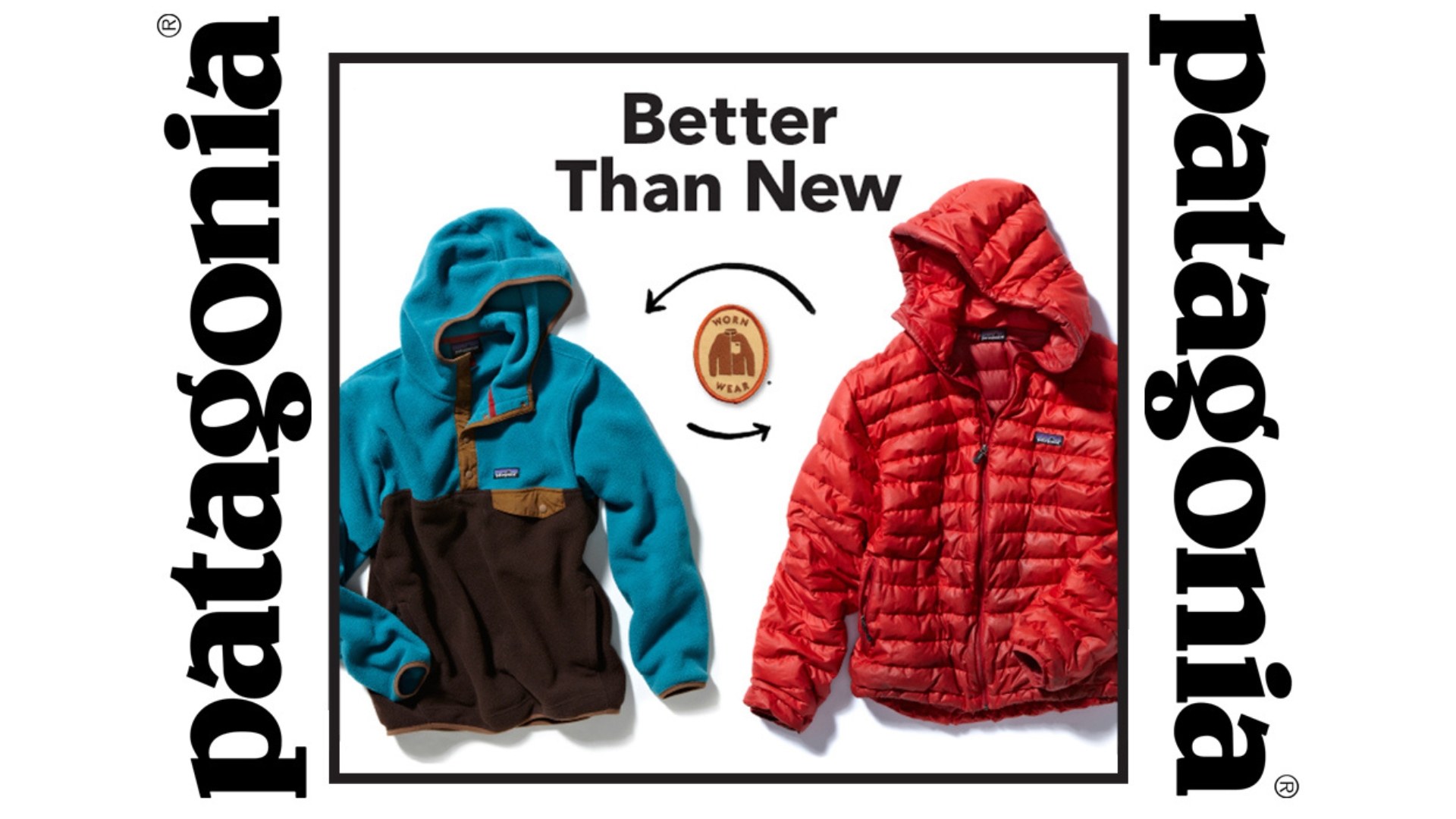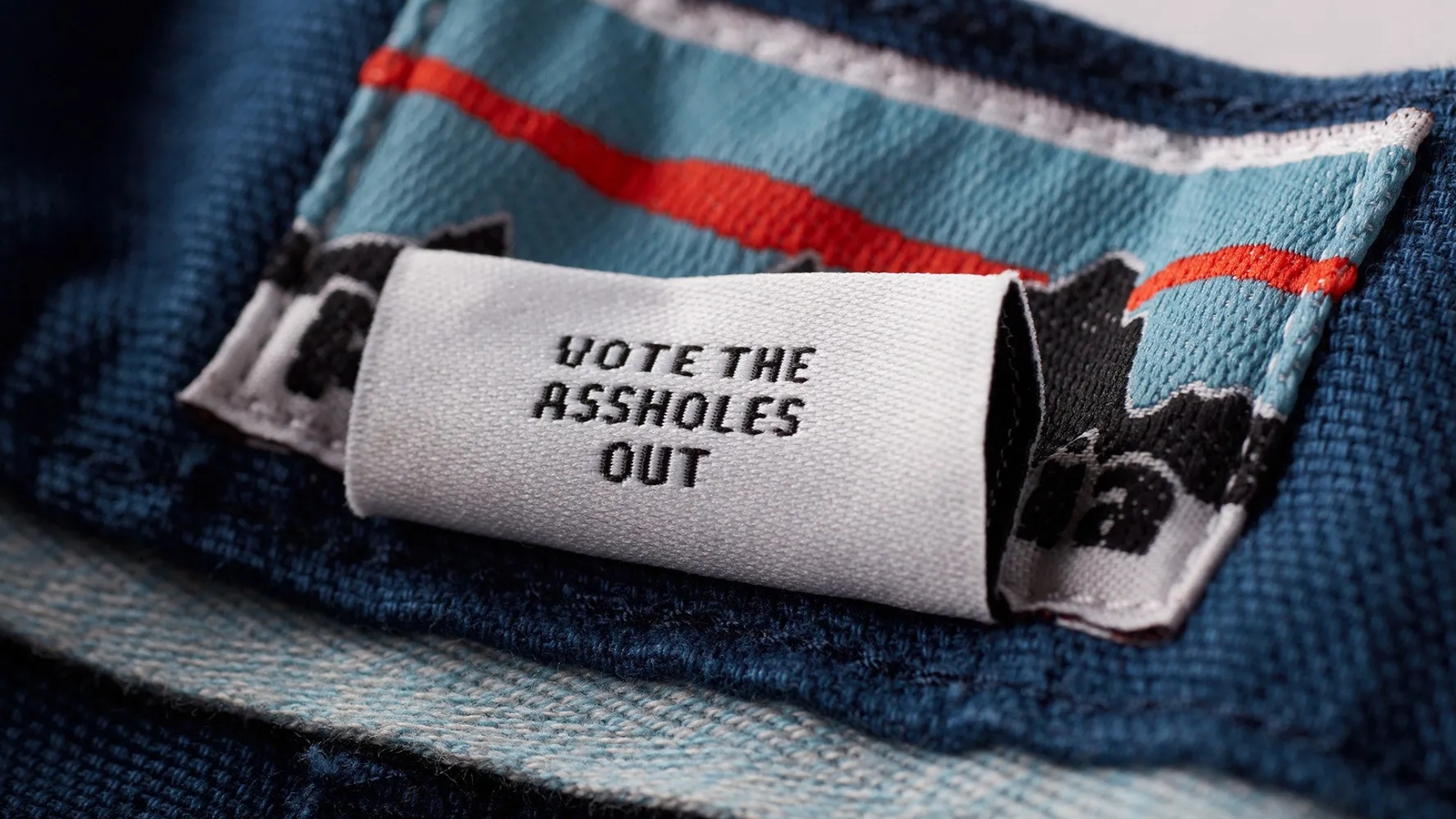
Patgonia started with Yvon Chouinard, the alpinist, surfer, and nature enthusiast. In the 1950s Chouinard started making equipment for climbing. That was the beginning of Chouinard Equipment, which became popular among outdoor enthusiasts. In 1973 on that base Patagonia was made, clothing and equipment for active leisure that had a unique approach because they weren’t just selling apparel and equipment. It was the whole philosophy of active lifestyle and respect to nature.
Yvon Chouinard was born in 1938, Maine State, USA to a family of Canadian emigrants. In his youth, Yvon became passionate about rock climbing and surfing, but could not find gear on the market that met his standards, durable, simple, and environmentally friendly. In 1957, he forged his first piton in an old coal forge he had bought for $200, and began selling it to other climbers. Over time, this grew into Chouinard Equipment, which by the 1970s had become the largest manufacturer of climbing gear in the United States.
Chouinard never saw business as a way to earn money, but rather as a tool to change the world. From the very beginning, he refused to follow the conventional logic of income growth– a core principle of capitalism. He openly said:
I have never wanted to be a businessman. I started making gear because I needed it.

This philosophy is deeply anti-system, oriented toward nature, independence, and responsibility. It became the foundation of Patagonia, established in 1973.
Yvon Chouinard chose the name Patagonia because it evokes images of a wild, untouched land at the edge of the world. Patagonia is a region in southern Argentina and Chile, known for its harsh climate, glaciers, strong winds, mountains, and minimal human presence.
We wanted to choose a name that sounds mysterious and calls to adventure. Patagonia is a wild and stunning region, a mystery to many, and it perfectly captures the spirit of the brand, – Chouinard says.
Moreover, the brand didn’t want to be associated solely with alpinism, Chouinard Equipment sounded too narrow. Patagonia was meant to be apparel for everyone who loves an active lifestyle, from alpinists to kayakers and travelers. The first collections included coats, fleeces, and thermal clothing developed in collaboration with alpinists who tested them in extreme weather conditions. Patagonia also shifted away from the typical army green and gray colors. Instead, the inspiration came from South American textiles, traditional blankets from Patagonia and the Andean region, and natural pigments..
In 1988, Patagonia began raising public awareness about the environmental damage caused by the industry. Internal research revealed that conventional cotton farming inevitably harms the environment. As a result, in 1996, Patagonia made the switch to organic cotton, grown without harmful chemicals. This was a landmark decision, and Patagonia became the first major brand to reject harmful materials despite the associated increase in costs.
In 2002, Chouinard, together with entrepreneur Craig Mathews, owner of Blue Ribbon Flies, founded 1% for the Planet. The idea is simple: every business commits to donating 1% of its profit, not revenue to environmental projects. This is not a marketing strategy but a legal obligation.
Today, 1% for the Planet unites more than 5,000 companies worldwide, including Boxed Water, Honest Tea, and Caudalie. Patagonia continues to keep its promise, donating up to $140 million in cash and goods to organizations that fight climate change and protect water, air, soil, and biodiversity. Among the beneficiaries are the Everglades Foundation, Native Fish Society, Environmental Defense Center, and many others.
The company launched the Worn Wear initiative as a blog about repairing and renovating clothes, and in 2013 it evolved into a service for buying and selling used Patagonia gear. The goal is to extend the lifespan of products, reduce consumption, and inspire conscious consumerism.
Today Worn Wear is:

In addition, the company produces educational videos on how to repair zippers, fix coats, and wash fleece without releasing microplastics. On Patagonia’s website, you can find more than 100 DIY guides covering topics such as how to apply Tenacious Tape patches, repair small holes, and fix torn stitching.
Patagonia is one of the co-founders of The Conservation Alliance and annually donates around $100 000 to support American wildlife preservation organizations that protect forests, rivers, and wild lands. The Alliance has supported projects that helped preserve 420,755 acres of land and 82 miles of rivers.
Yvon Chouinard handed over 100% of Patagonia’s shares to the Patagonia Purpose Trust and the Holdfast Collective Foundation. Now, all of the company’s profits go toward fighting the climate crisis. The foundation provided $4 million to purchase and preserve 132,995 hectares of vulnerable land in the Kochamo region of Chile, supporting the non-profit organization NGO Puelo Patagonia.
Patagonia launched the Action Works platform in 2018 to engage its customers, employees, and supporters with local environmental movements. Through the website, people can support grassroots organizations by donating money, volunteering, signing petitions, and participating in campaigns.
Patagonia collaborated for many years with environmentalists Kristin and Doug Tompkins, founders of the organization Conservación Patagónica. Thanks to the brand’s support and a shared philosophy of nature conservation, Monte León National Park (Argentina) and Patagonia National Park (Chile) were established.
Patagonia handed over 100% of company shares to two new institutions:
Chouinard explained it:
I have never wanted to be a businessman. I am a craftsman. I have created ideas that people love.
Patagonia is not just donating money, the company engages in real environmental conflicts.
For example:

On the company’s website, you can find information about the origin of materials, working conditions at factories, greenhouse gas emissions, and interaction with ecosystems. Patagonia collaborates with Fair Trade Certified (a system that ensures products are made ethically with care for people and the environment) and Bluesign (a system that monitors all chemicals, dyes, and additional materials). The company chooses partners who follow strict environmental and social standards. Patagonia is transparent about its mistakes. For example, in its 2015 report, the company admitted it was unable to eliminate forced labor in one of its factories in Taiwan. Compared to other companies, Patagonia openly acknowledges problems and actively works to solve them.
After Chouinard stepped down from operational management, Patagonia was led by like-minded leaders:
Patagonia is a community of like-minded people, not just managers, but activists, athletes, environmentalists, engineers, and designers. They are all united by one mission: to create quality products and use business as a tool to protect nature and promote social justice. The team includes sustainability experts constantly searching for innovations in materials and production; athlete-experts testing gear; activists and lawyers leading environmental campaigns and maintaining connections with community organizations.
This interdisciplinary approach helps Patagonia not just remain a brand, but become a driving force capable of influencing global culture as a whole.
Patagonia doesn’t just sell clothing and gear for active outdoor life. It’s a company that builds relationships with customers and the world based on honesty, responsibility, and sustainability.
Patagonia’s story proves that social entrepreneurship is not only possible but necessary. It’s a new language of business where profit isn’t the goal but a means to achieve it.